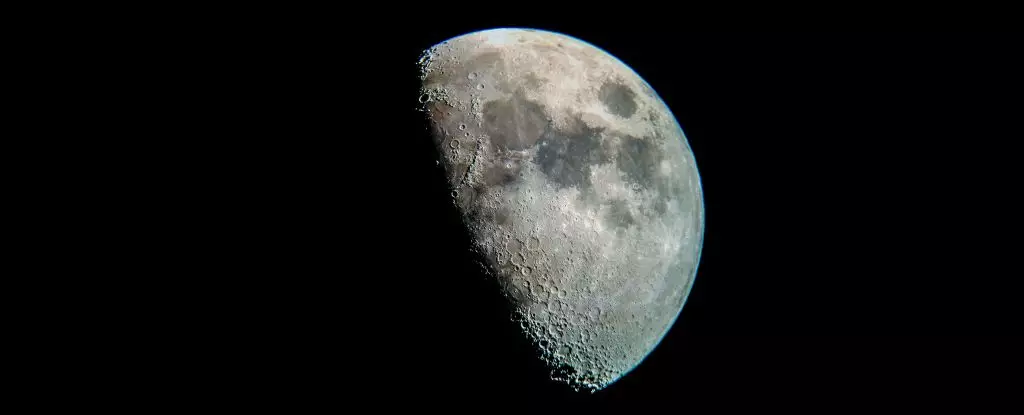New research has significantly pushed the boundaries of our understanding of the Moon’s internal structure, challenging long-held assumptions and sparking discussions about its geological evolution. A comprehensive study released in May 2023 has conclusively established that the Moon’s inner core is a solid sphere, comprising material similar in density to iron. This finding is pivotal for scientists as it promises to settle an enduring debate regarding the Moon’s internal dynamics and contribute to our broader understanding of the early history of the Solar System.
Historically, the nature of the Moon’s inner core has vacillated between being solid or molten. The research team, spearheaded by astronomer Arthur Briaud from the French National Centre for Scientific Research, asserts that the new evidence supports the notion of a solid inner core, which is believed to have significant implications regarding the Moon’s magnetic field evolution. The magnetic field of the Moon has intrigued researchers, especially given its established powerful presence shortly after the Moon’s formation that faded around 3.2 billion years ago. Understanding the state of the Moon’s inner core is vital because the motion within a molten core generates magnetic fields. Thus, the identification of a solid inner core invites deeper inquiry into why the Moon’s magnetism waned.
By employing cutting-edge seismic data accumulated from past lunar missions, including data from the Apollo program, the researchers were able to create a more detailed profile of the Moon’s interior. This leap forward was made possible not by merely relying on historical data but through innovative modeling of various lunar core characteristics. The results bared noteworthy correlations with seismic behavior, reinforcing existing hypotheses about the Moon’s geological processes.
To obtain stronger evidence regarding the Moon’s inner core, Briaud and his team combined data acquired from space missions with lunar laser-ranging experiments. Their approach emphasized mapping characteristics such as the Moon’s structural deformation due to gravitational forces exerted by Earth, its distance variation from Earth, and the density of its materials. The researchers conducted sophisticated modeling to ascertain which core configurations could account for observed data most accurately.
Their rigorous exploration revealed that the models supporting an active overturn within the Moon’s mantle strongly resonated with available observational data. The recognition of such overturn dynamics offers explanations for the varied elements found in the Moon’s volcanic regions. The investigation further posits that the Moon’s core consists of a fluid outer layer, encasing a solid inner core. The research suggests that the outer core has a radius of approximately 362 kilometers (225 miles) with an inner core of around 258 kilometers (160 miles), accounting for nearly 15 percent of the Moon’s entire radius.
Interestingly, the findings corroborate the results of a previous study conducted in 2011 by NASA Marshall planetary scientist Renee Weber, which also suggested a solid inner lunar core. Weber’s team determined a core radius of 240 kilometers and a density of about 8,000 kilograms per cubic meter. The alignment of these findings enhances the credibility of this new research, indicating an Earth-like composition for the Moon’s core, interestingly akin to that of Earth itself.
Understanding the core’s solid state holds expansive implications for lunar research, particularly concerning hypotheses surrounding the Moon’s magnetic activity and geological evolution. As humanity eyes returning to the Moon in the near future, the prospects of upcoming missions provide an exciting avenue for seismic validation of these findings. The ongoing exploration could not only refine our knowledge of the Moon but also expand our understanding of planetary formation and magnetic field generation across celestial bodies in the Solar System.
The recent investigation’s findings challenge antiquated notions about the Moon’s internal composition and reframe its geological narrative. As researchers continue to probe the depths of the Moon’s interior, the integration of cutting-edge technology and innovative methodologies promises to illuminate the secrets of our celestial neighbor, guiding future explorations and scientific inquiries.


Leave a Reply